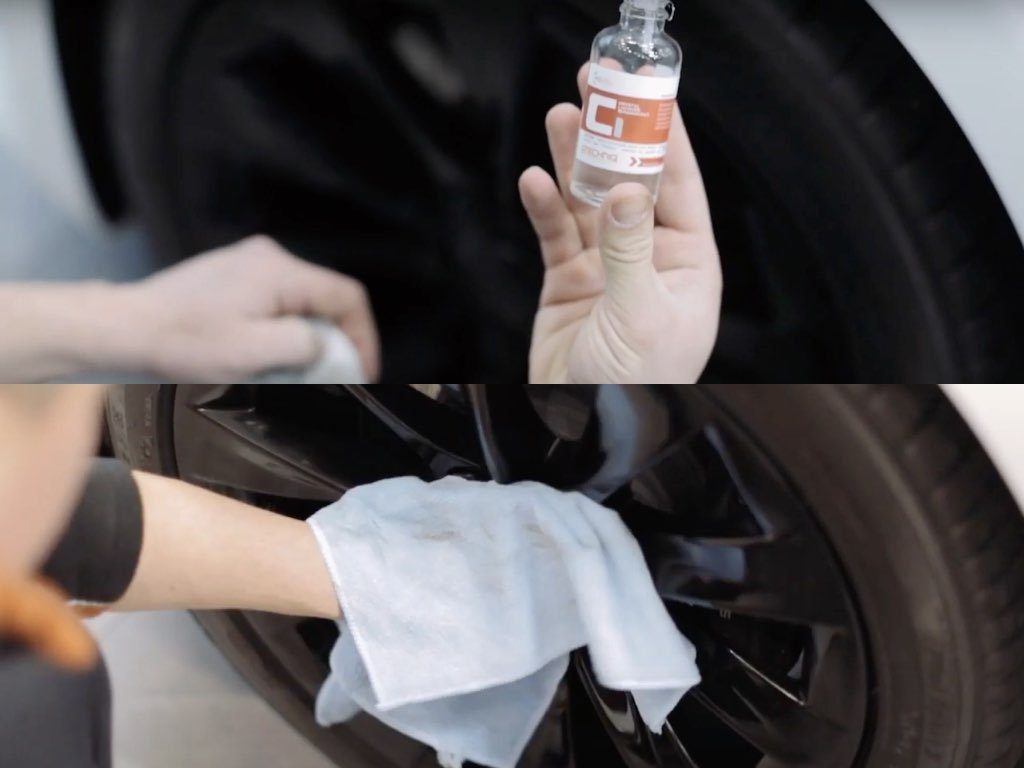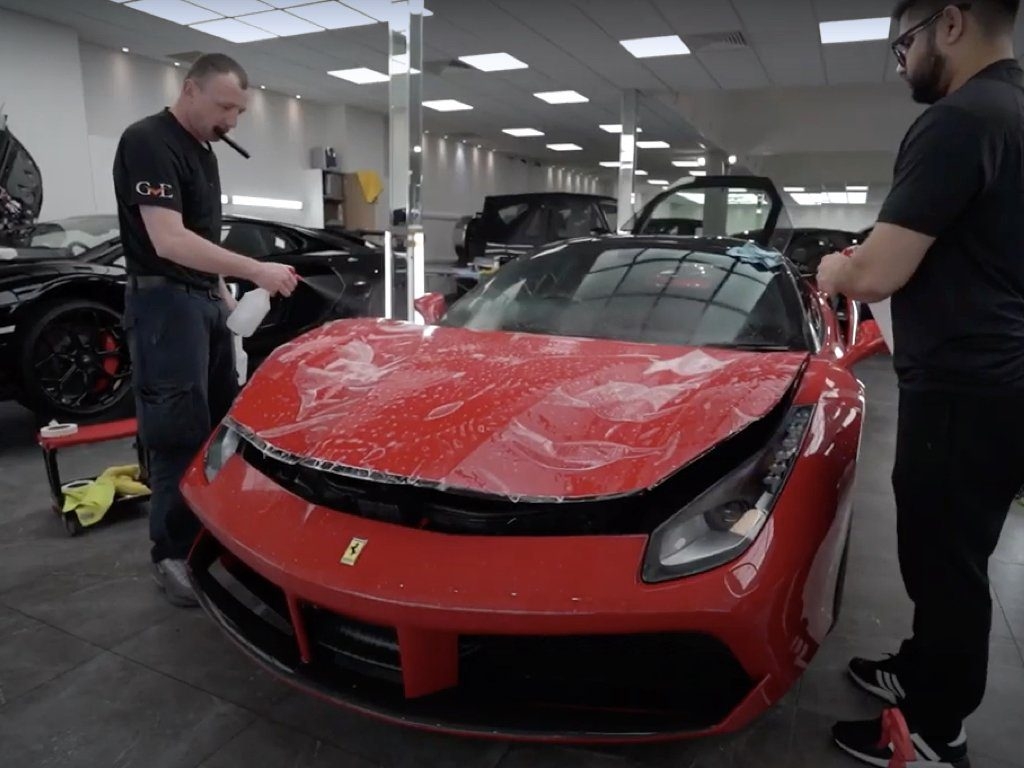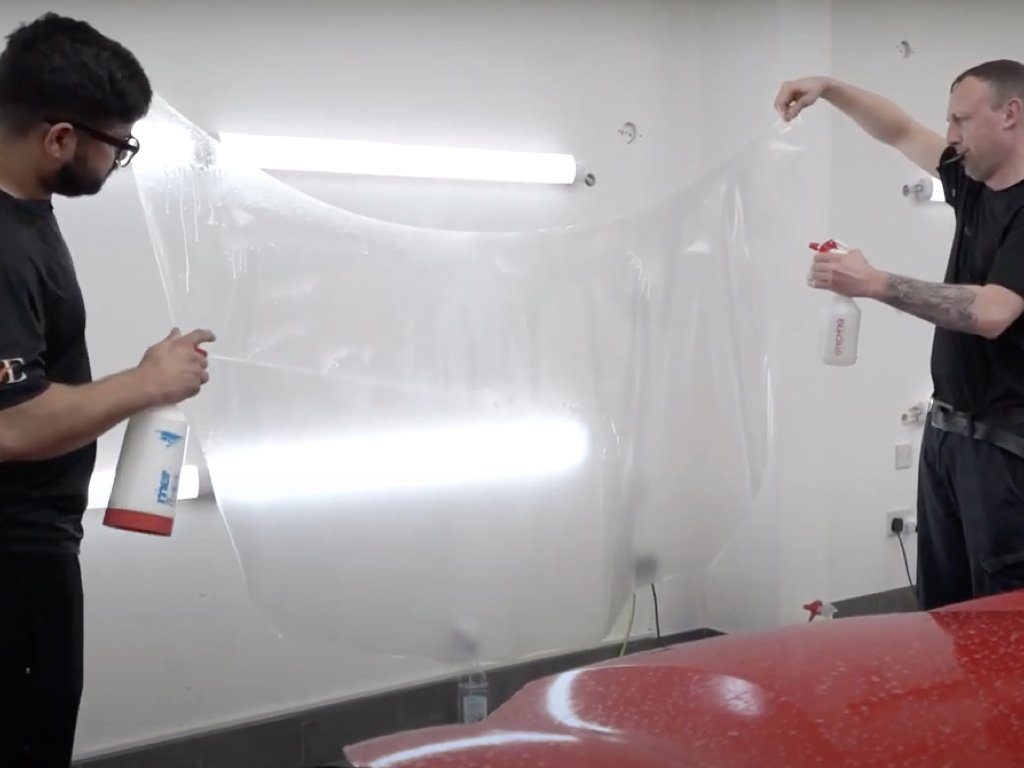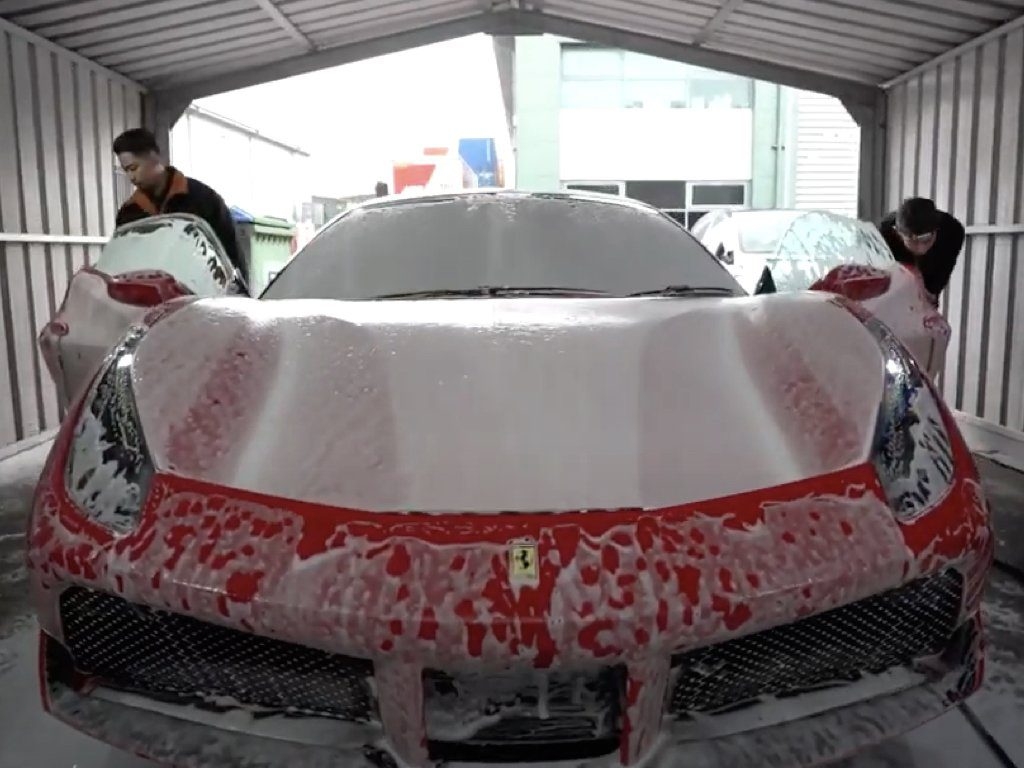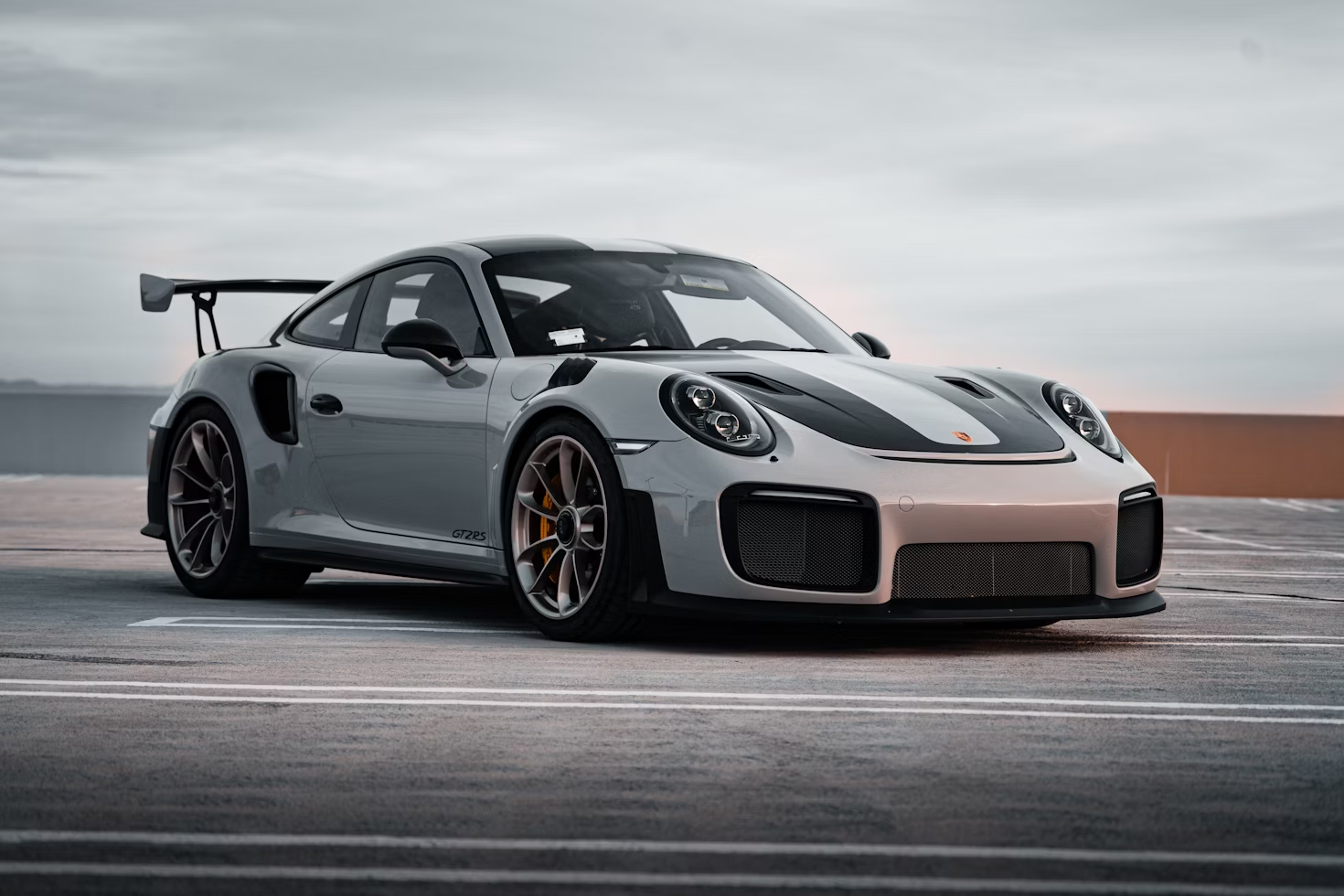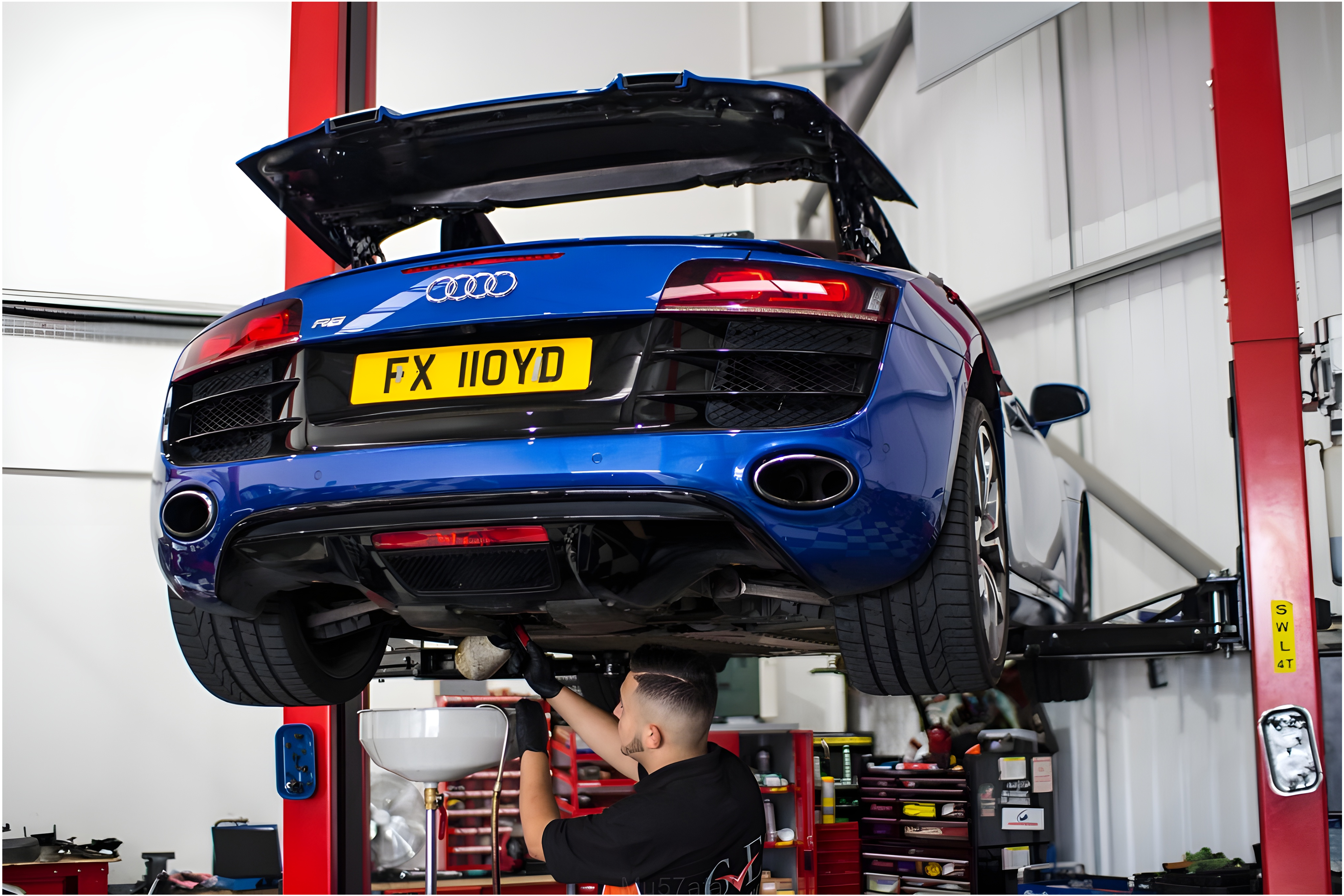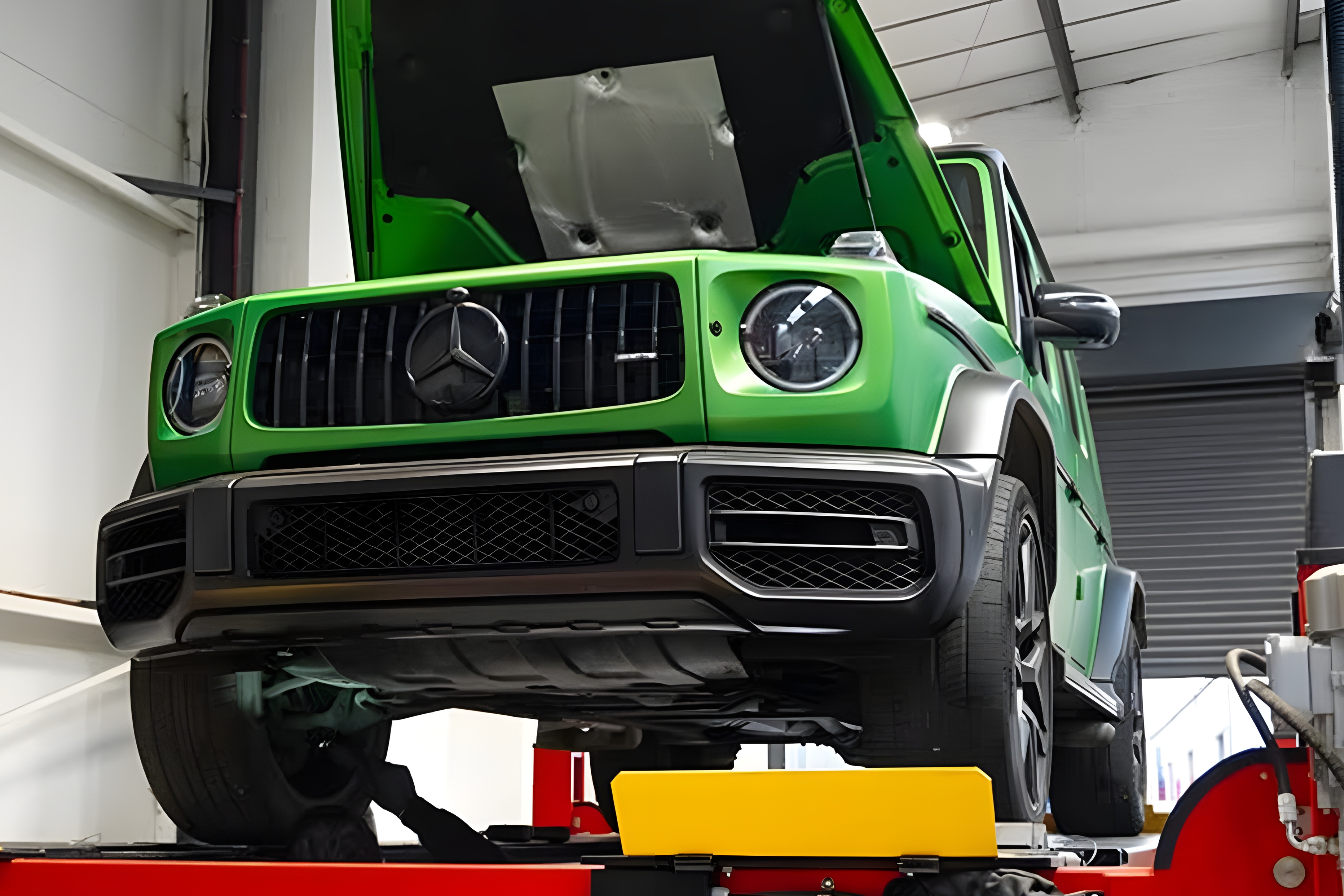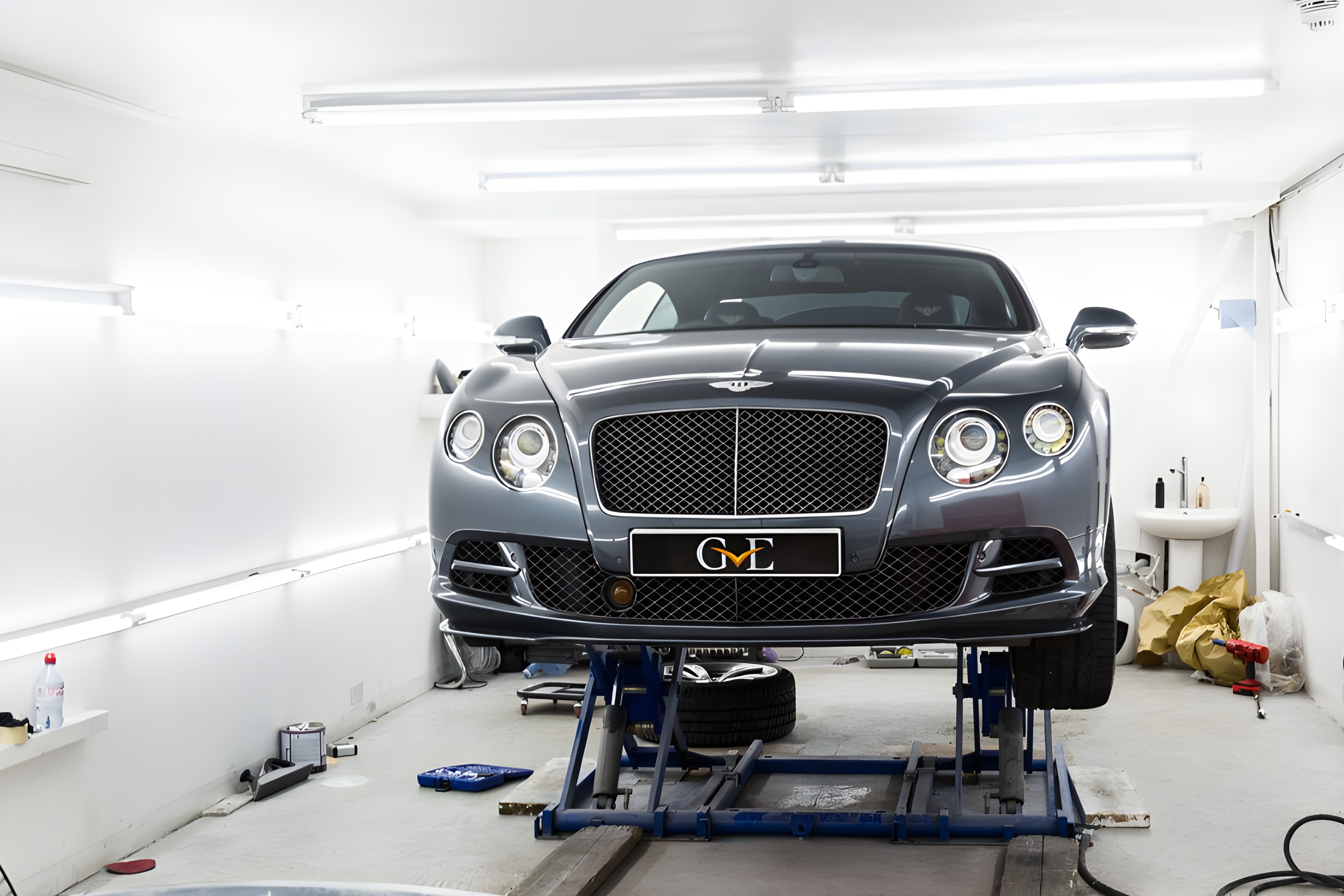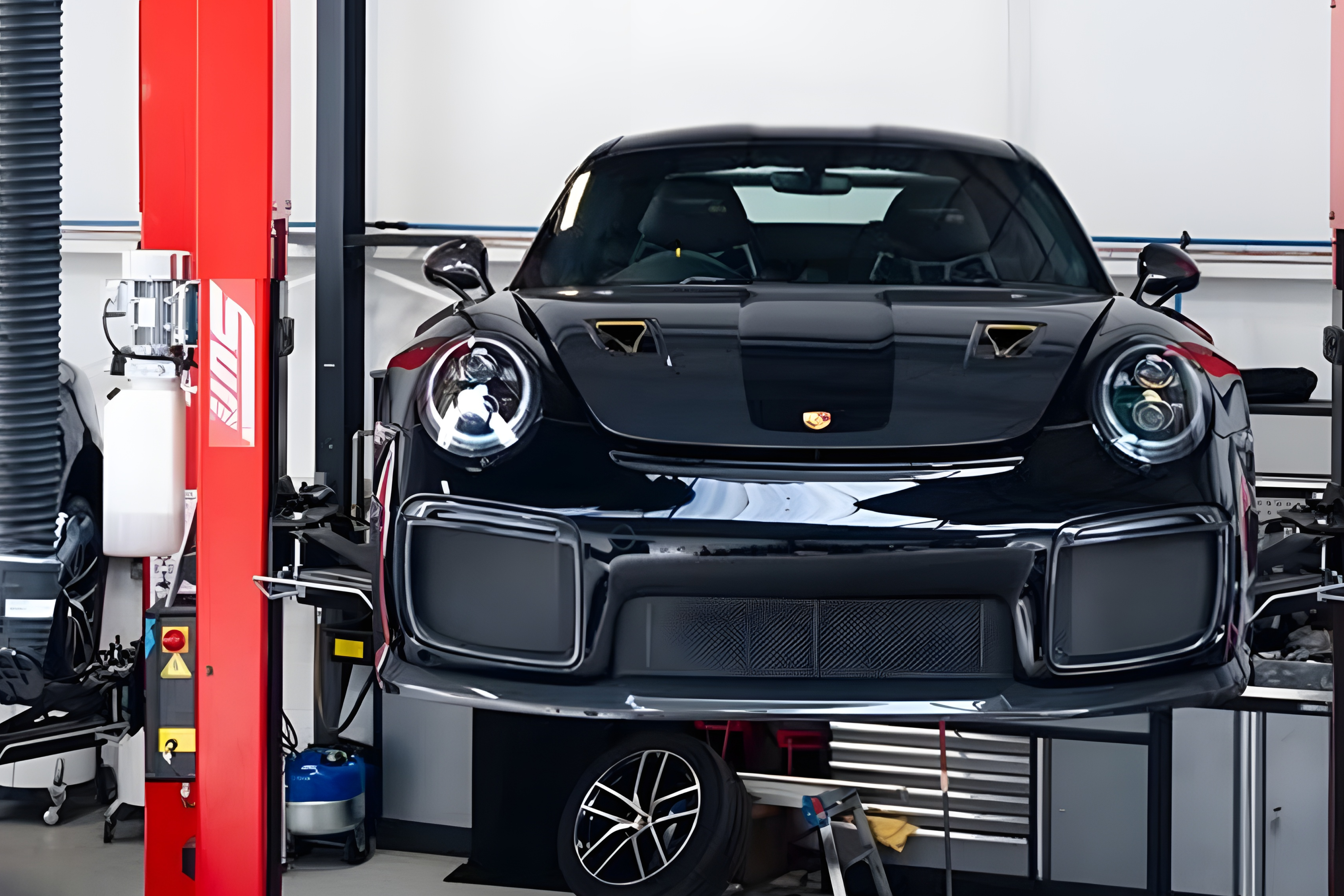
How to Prevent Yellowing of Paint Protection Film
Protect your car’s paint job and learn how to prevent yellowing of Paint Protection Film over time. Explore the causes of PPF yellowing, including UV exposure and chemical reactions, and discover practical tips for maintaining your PPF
Paint Protection Film (PPF) is a crucial investment for car owners looking to safeguard their vehicle’s paint job from scratches, stains, and other forms of damage. However, one common issue that plagues PPF is yellowing over time, which can significantly detract from the aesthetic appeal of your vehicle.
Paint Protection Film (PPF) is an invaluable investment for car owners seeking to preserve the aesthetic appeal and resale value of their vehicles. However, yellowing of PPF can occur over time, detracting from its protective and visual benefits. In this article, we’ll delve into the causes of PPF yellowing, particularly focusing on issues related to the base material glue, and provide practical tips on how to prevent it.
Understanding Yellowing from Base Material Glue
Yellowing of PPF can occur due to various reasons, including:
UV Exposure:
PPF is often exposed to harsh sunlight, which can cause the film to break down and turn yellow over time.
Heat:
High temperatures can accelerate the yellowing process, especially if the PPF is not of high quality or has not been properly installed.
Chemical Exposure:
Certain chemicals, such as those found in cleaning products or environmental pollutants, can react with the PPF and cause it to yellow.
Age:
Like all materials, PPF can degrade with age, leading to yellowing and other forms of deterioration.
Yellowing caused by improper selection of Thermoplastic Polyurethane (TPU) base film and glue typically manifests as large area yellowing, which is often irreversible. This type of yellowing poses a significant risk, as the chemical reaction between the glue and car paint can potentially damage the vehicle’s paint job. It is advisable for both the store and the owner to negotiate to have the PPF removed and reinstalled promptly to mitigate further damage.
Preventive Measures
Here are preventive measures for yellowing of paint protection film.
Selecting the Right Base Material:
When choosing a PPF, prioritize aliphatic TPU material over PVC, TPH, and aromatic TPU materials. Aliphatic TPU materials are less prone to yellowing. Additionally, different brands of aliphatic TPU materials may have varying yellowing speeds, so it’s crucial to consult with the manufacturer and coating factory to select the most suitable substrate particles based on past industry experience.
Choosing Quality Glue:
The selection of PPF glue is critical. Coating factories should opt for glue brands that have undergone thorough testing and certification. Avoid using glue brands that lack rigorous testing and market proof to minimize the risk of yellowing.
Maintaining Good Car Care Habits:
Regular maintenance is key to preventing yellowing. Car owners should wash their vehicles at least once every two weeks to remove surface contaminants that could lead to “pseudo-yellowing” (surface stains that mimic yellowing). Additionally, it’s recommended to visit the store every six months for PPF maintenance to prevent deep-seated stains from penetrating the base film and causing real yellowing.
Choose High-Quality PPF:
Investing in high-quality PPF from reputable manufacturers can significantly reduce the risk of yellowing. These films are often designed to resist UV damage and chemical exposure.
Proper Installation:
Ensure that the PPF is installed correctly by professionals who have experience with the specific type of film being used. Proper installation can help prevent air bubbles and ensure that the film adheres properly to the surface of the vehicle.
Regular Cleaning:
Keep your PPF clean by regularly washing it with a mild detergent and water. Avoid using harsh chemicals or abrasive materials that can damage the film.
Avoiding Extreme Conditions:
Try to park your vehicle in shaded areas or garages to minimize exposure to UV rays and high temperatures. This can help prolong the life of your PPF and prevent yellowing.
Use Protective Coatings:
Consider applying a protective coating over the PPF to provide an additional layer of protection against UV rays and chemical damage. These coatings can also enhance the clarity and longevity of the film.
Regular Maintenance:
Inspect your PPF regularly for any signs of damage or yellowing. Addressing issues early can help prevent further damage and prolong the life of your PPF.
Avoiding Harsh Chemicals:
When cleaning your PPF, avoid using harsh chemicals or abrasive cleaners that can damage the film and accelerate yellowing. Opt for mild soaps and cleaners specifically designed for use on PPF.
Regular Inspection:
Periodically inspect your PPF for signs of damage or yellowing. Early detection can help you address issues before they worsen and extend the life of your PPF.
Avoiding Parking Under Trees:
Tree sap, bird droppings, and other environmental contaminants can cause damage and staining on your PPF, leading to yellowing. Whenever possible, park your vehicle in a covered area or garage to protect it from these elements.
Applying a UV Protectant:
Consider applying a UV protectant specifically designed for use on PPF. These products can help shield your film from the harmful effects of UV rays, reducing the risk of yellowing.
Avoiding Excessive Heat:
Try to avoid exposing your PPF to excessive heat, such as that from hot air dryers at car washes or direct sunlight for extended periods. High temperatures can accelerate the yellowing process, so take care to park in shaded areas when possible.
Conclusion
Preventing yellowing of Paint Protection Film (PPF) is essential for maintaining the aesthetic appeal and protective properties of your vehicle’s paint job. By understanding the causes of yellowing and implementing preventive measures, you can prolong the life of with PPF maintenance and keep your vehicle looking its best.
Selecting the right base material and glue, maintaining good car care habits, choosing high-quality PPF, and ensuring proper installation are crucial steps in preventing yellowing. Additionally, avoiding harsh chemicals, regular inspection, parking in shaded areas, applying a UV protectant, and seeking professional installation and maintenance can further help prevent yellowing and extend the life of your PPF.
At GVE London, we understand the importance of protecting your vehicle’s paint job. That’s why we have a team of experts trained in PPF installation and maintenance. Whether you’re looking to protect your new car or refresh the appearance of your current vehicle, our team is here to help ensure that your PPF remains clear and pristine for years to come. Contact us today to learn more about our PPF services and how we can help protect your investment.
Witness the transformation of a Lamborghini Urus in our video, featuring a stunning matte black wrap complemented by gloss wheels and highlights.
Frequently Asked Questions
PPF can yellow due to UV exposure, heat, chemical exposure, and age. These factors can cause the film to break down and lose its clarity.
To prevent yellowing, choose high-quality PPF from reputable manufacturers, prioritize aliphatic TPU material, select quality glue, maintain good car care habits, and avoid harsh chemicals and extreme conditions.
Yellowing caused by base material glue is often irreversible. It is advisable to remove and reinstall the PPF to mitigate further damage.
To ensure proper installation, have your PPF installed by professionals with experience in working with the specific type of film you have chosen. Proper installation can help prevent issues such as air bubbles and ensure that the film adheres correctly.
Contact Us
"*" indicates required fields


